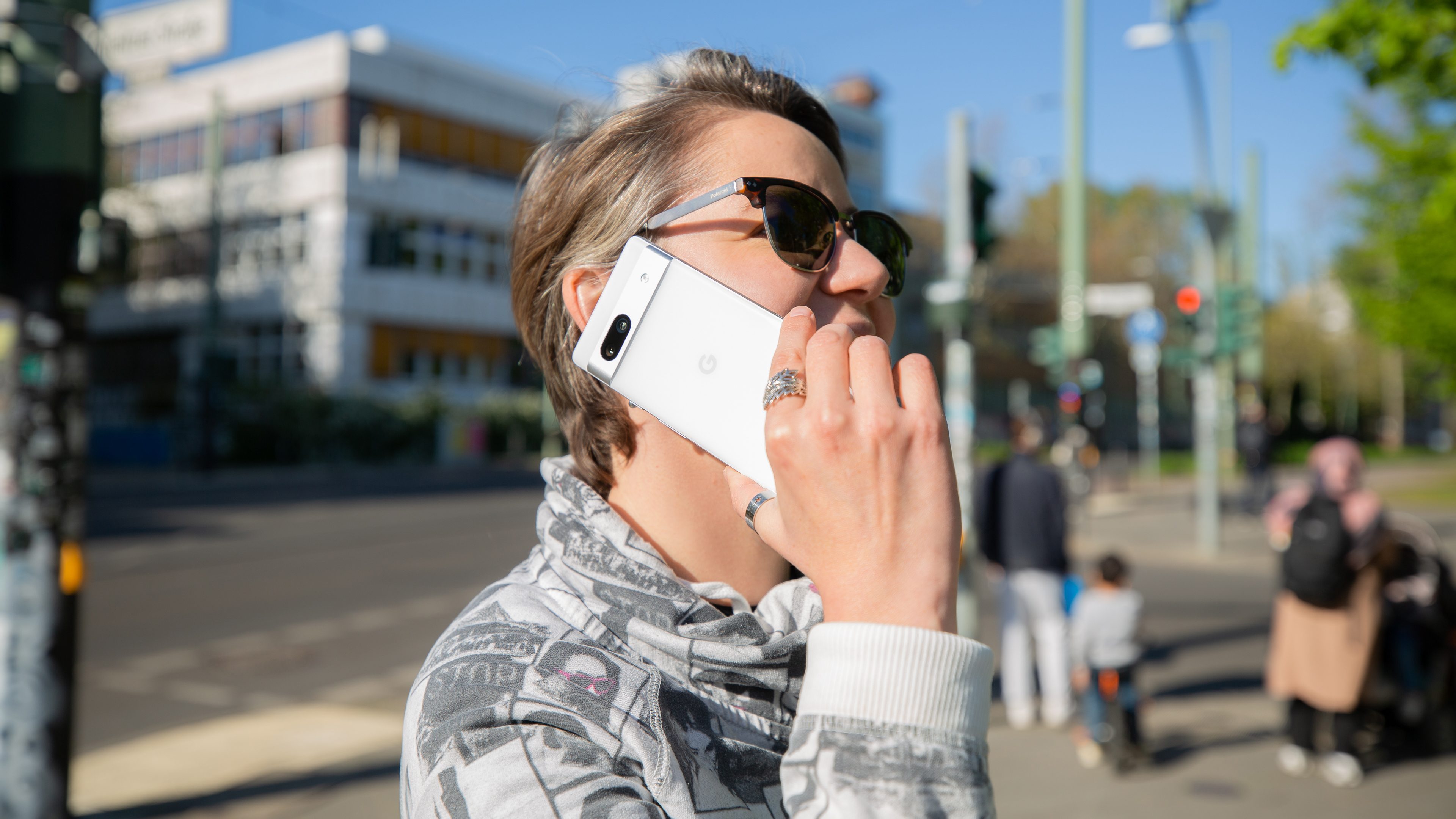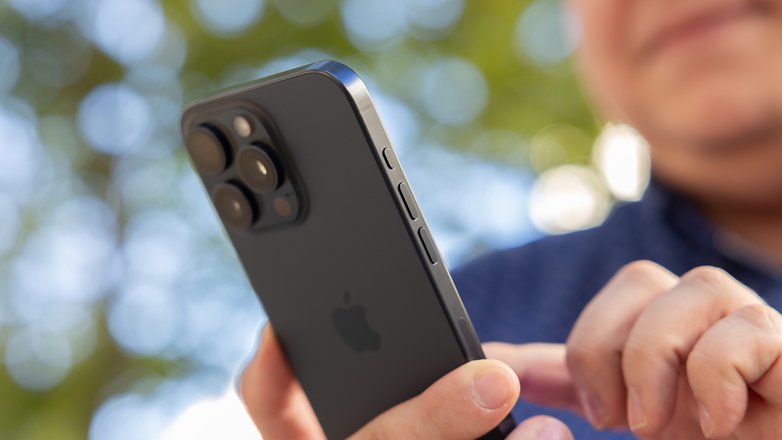
The advent of mobile phones not only brought technological wonders but also caused persistent concerns that prolonged radio wave exposure could cause brain cancer, an idea that is still present today. While extensive research has disproved such a potential link, a new review further supports these previous findings.
We already know that mobile devices ranging from basic feature phones to smartphones rely on cellular technology, which in turn use radio waves classified as non-ionizing radiation. Because of how they are typically used by holding the handset to your ear and near your head, this has become an enigma that radio frequencies emitted could cause head-related health hazards like cancer.
Don’t worry, your smartphone is not likely to cause tumors
The latest systemic review, which is backed by the World Health Organization (WHO), analyzed over 5,000 studies, covering those published between 1994 and 2022, or during the period of 1G and 2G to the early adoption of 5G wireless broadband technologies. The findings, published in the journal of Environmental International, found no significant association between smartphone use and brain cancer from radio frequency exposure.
The Australian Radiation Protection and Nuclear Safety Agency (ARPANSA), which led the study, concluded the same prolonged exposure doesn’t correlate to other head and neck cancers like in the nervous system and spinal cord.

Such data included long-term usage of smartphones that spanned over a decade, such as call frequencies and total number of calls. Even so, it also included that exposure to cellular stations and antennas is not linked to brain tumor and leukemia risks for children.
The review also followed a study in 2011 by the International Agency for Research on Cancer (IARC), which is a member of WHO, that claimed that radio frequency waves from mobile devices were considered “possibly carcinogenic.” However, this was believed to have been largely misinterpreted because it was only based on very limited evidence, according to the Australian agency.
More than the assuring findings, mobile manufacturers today are also required to adhere to basic safety measures like only allowing a certain value for SAR or Specific Absorption Rate in smartphones.
What does this mean for users? Basically, one can place their misconceptions to rest about the DNA-altering effects of the use of smartphones.
How about you? What are your thoughts about this? We want to hear your opinion.






